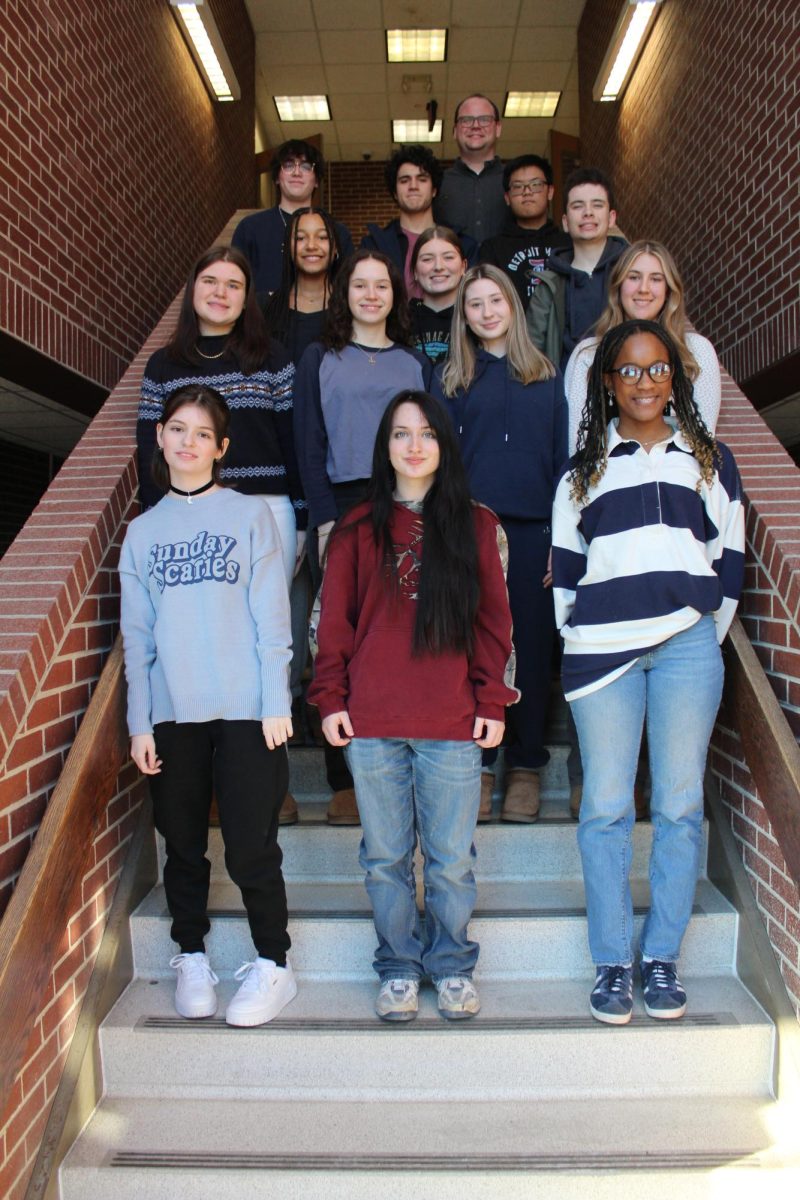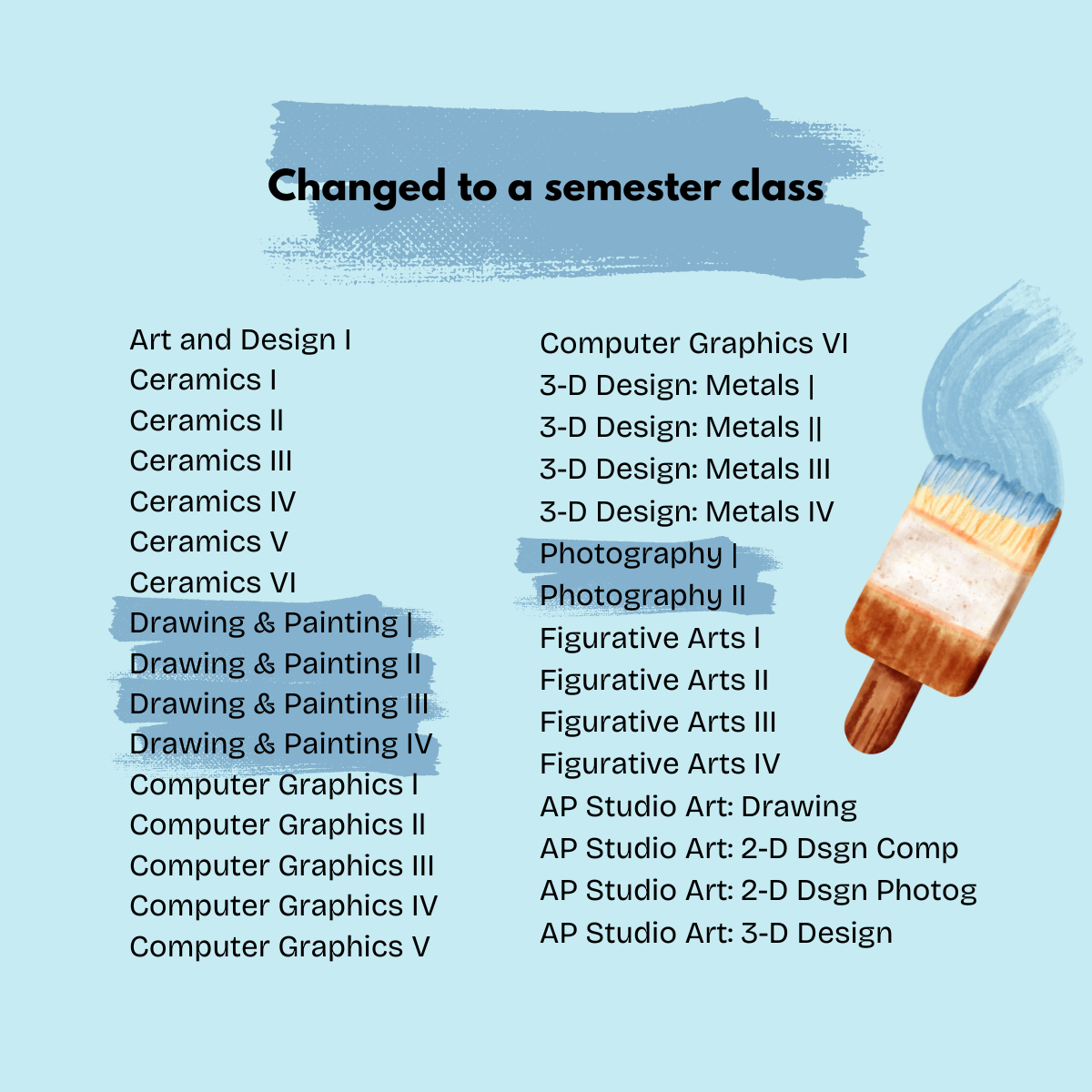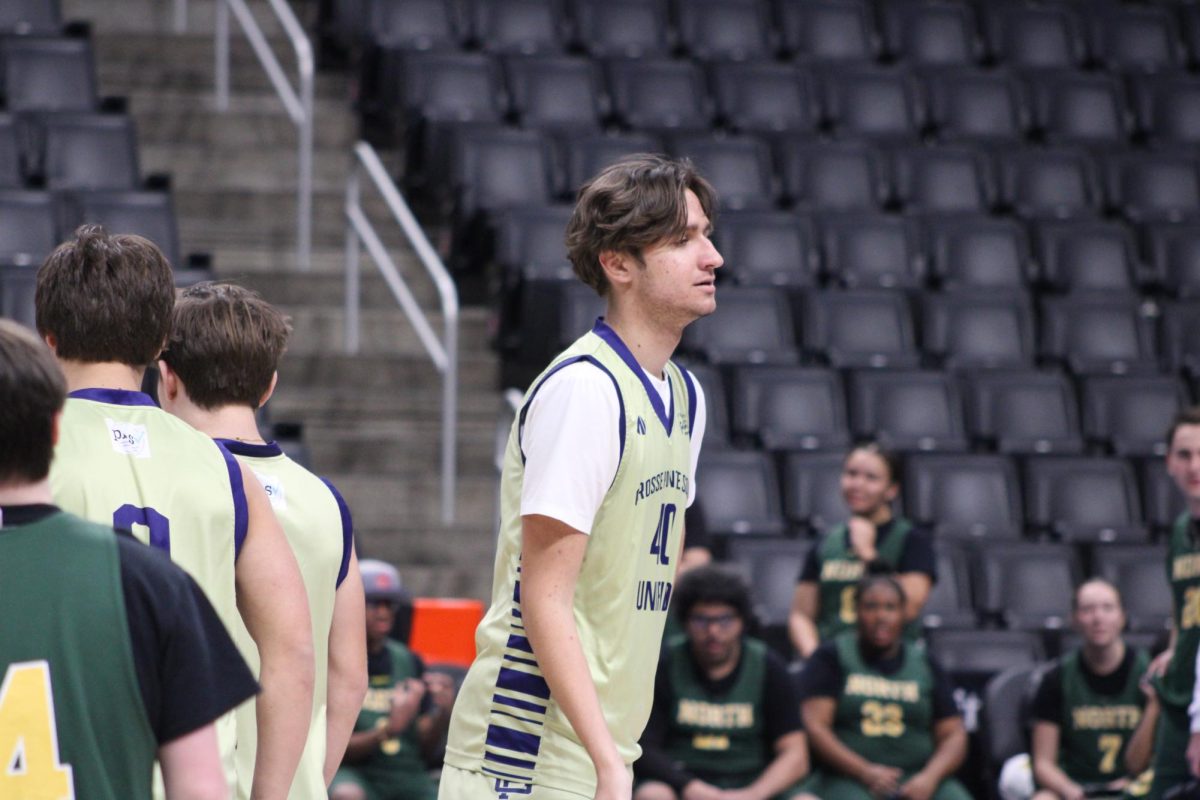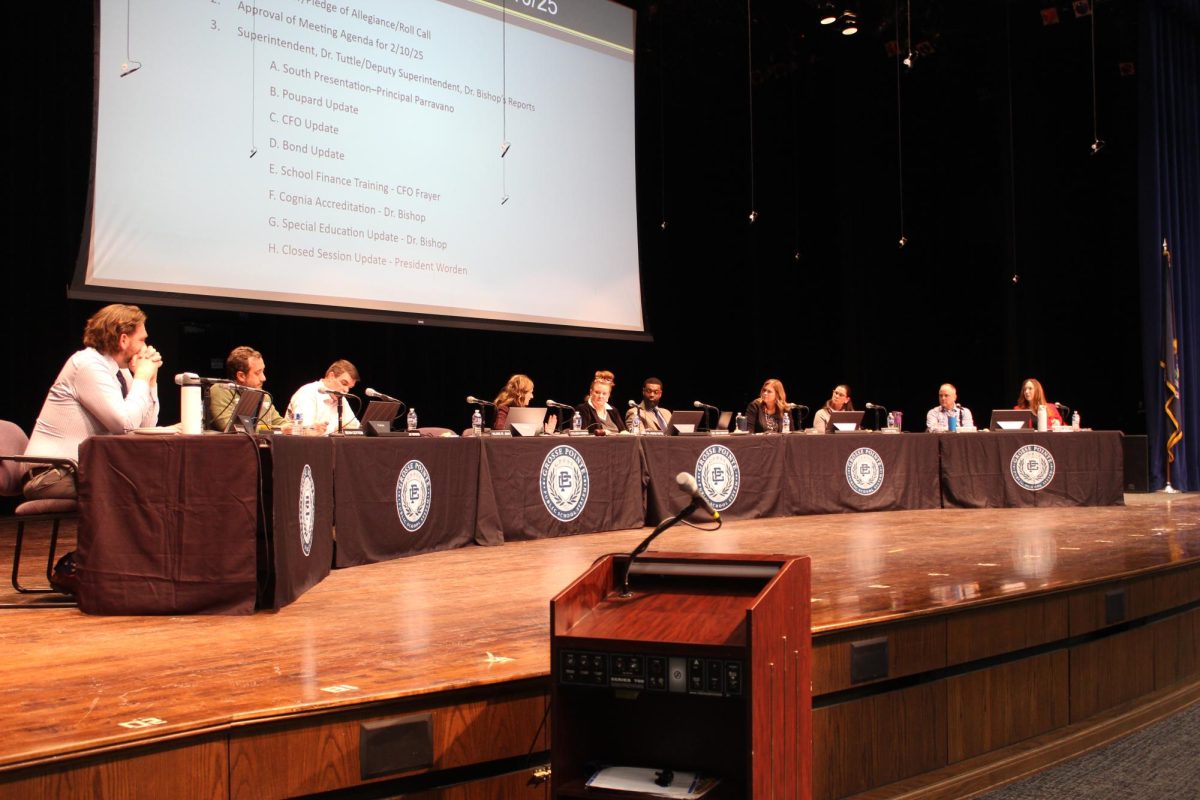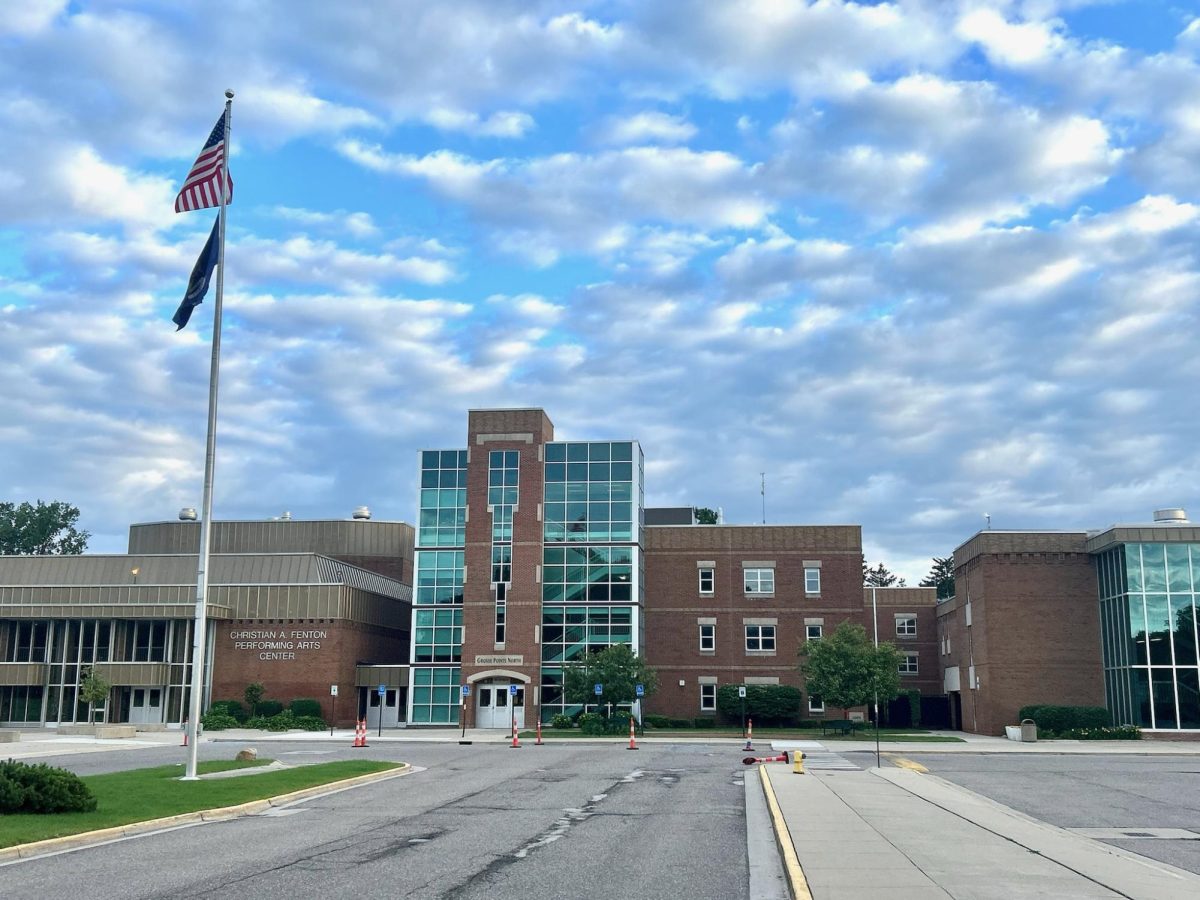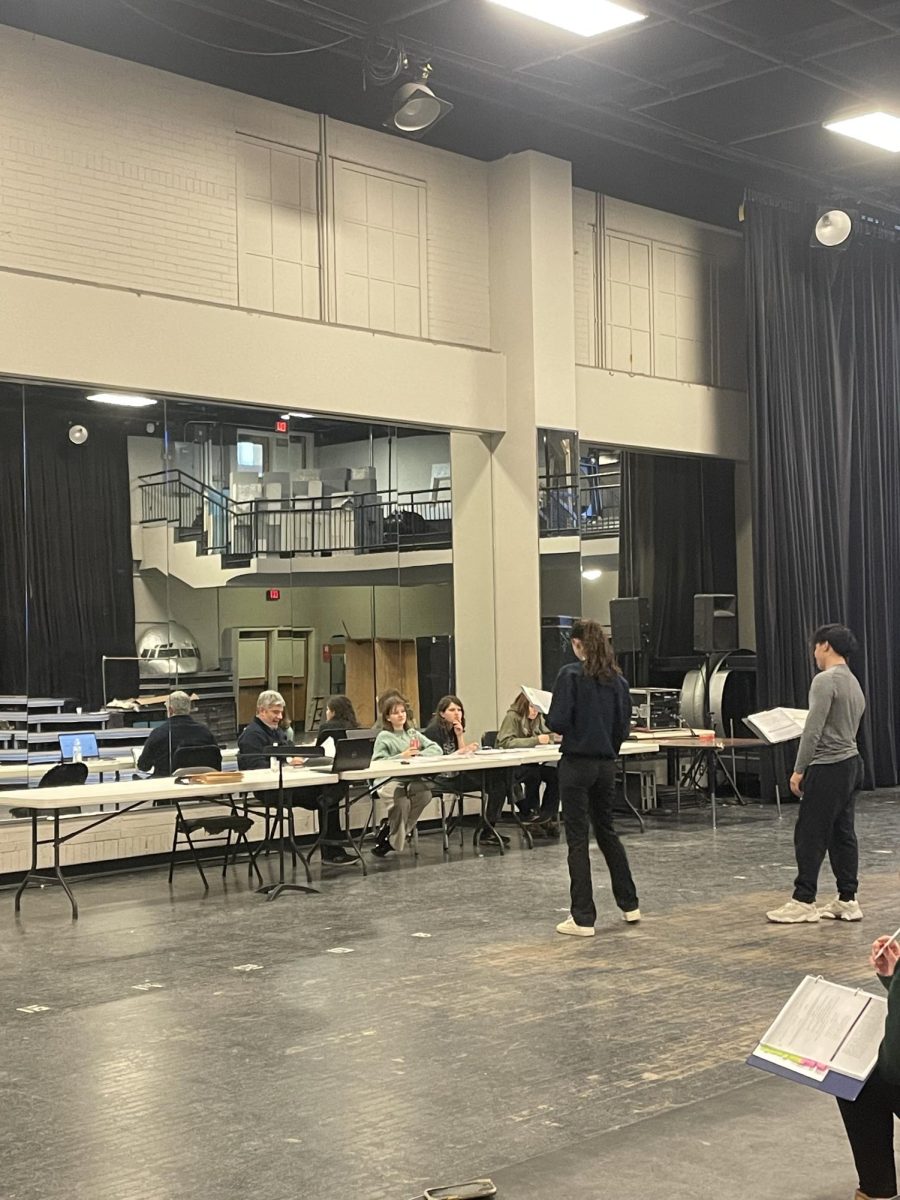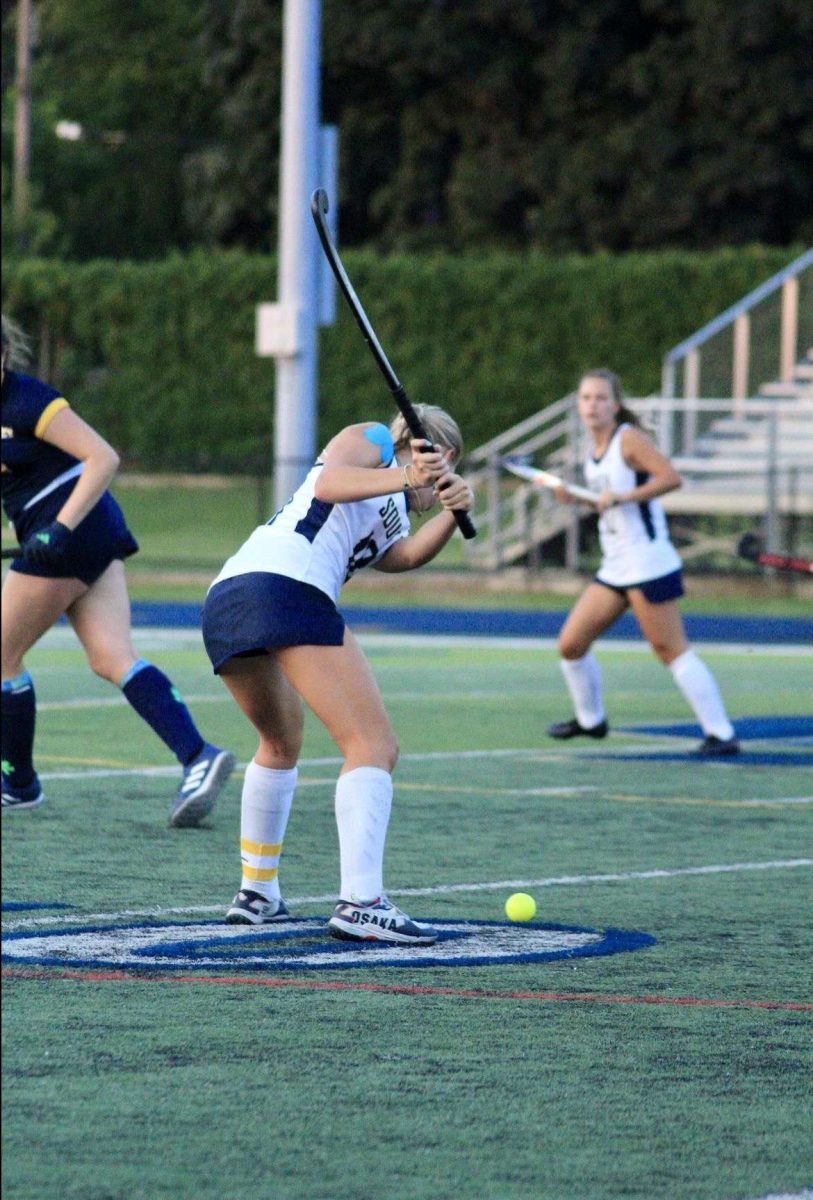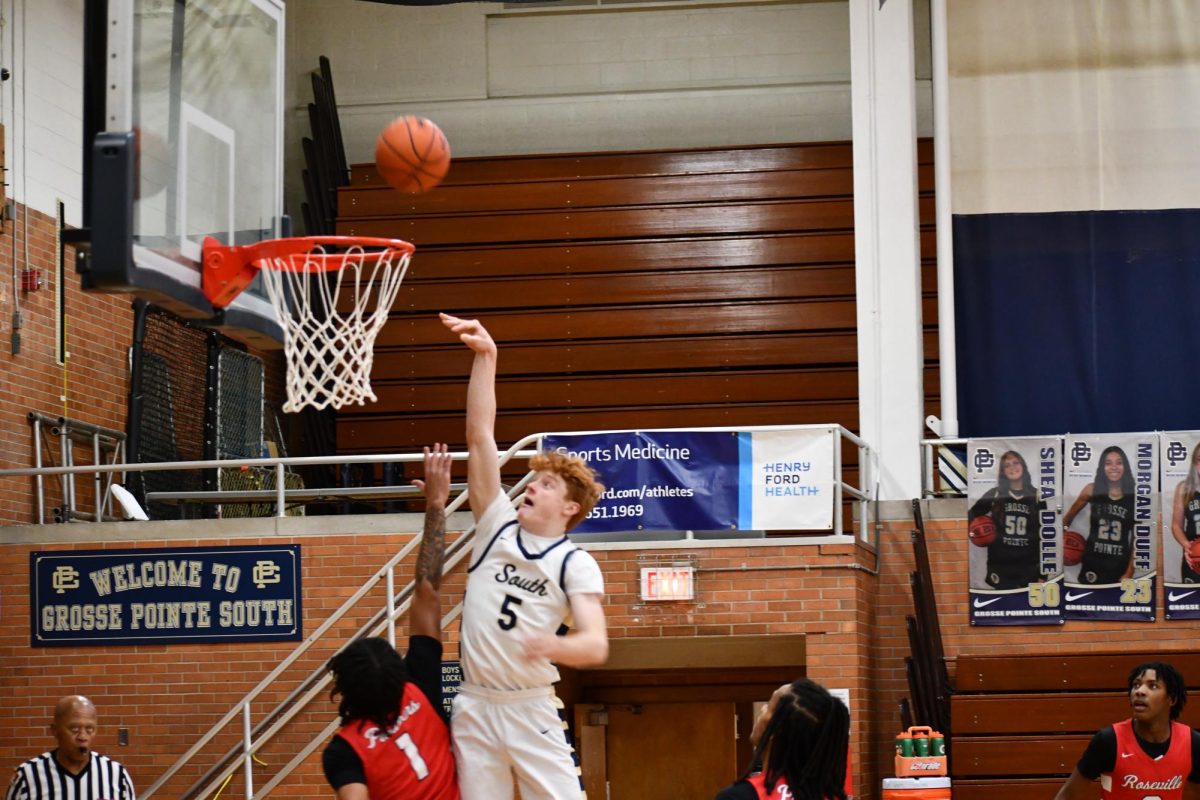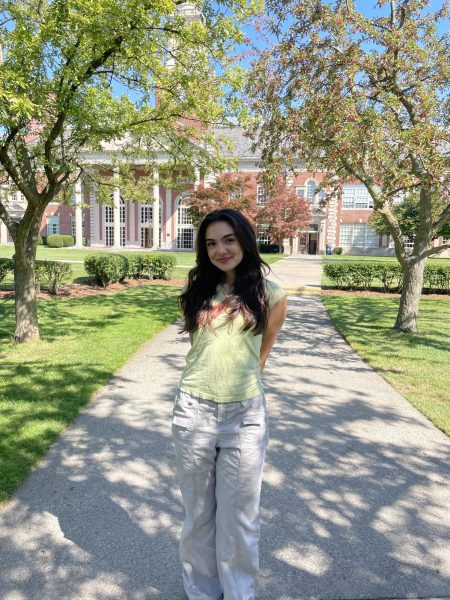Schools are not only a vessel for student learning, but they are also a vessel for teacher development. This school year, South has opened its doors to student teachers, extending a hand of guidance to two new members of the next generation of future educators.
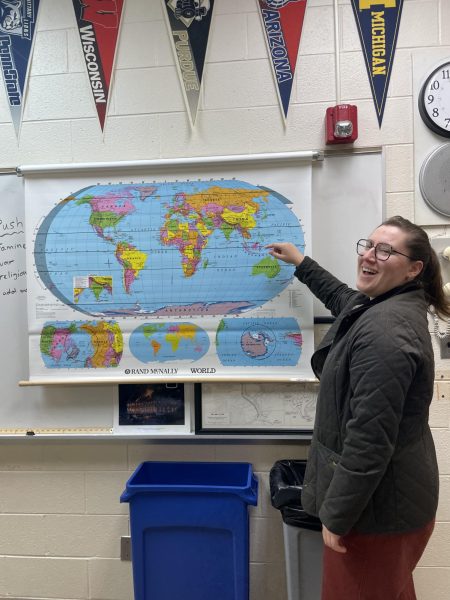
(Aliana Ritter ’25)
For most students, having a student teacher in the classroom is a unique occurrence. That being said, host teachers prioritize setting boundaries in their classrooms. Although they are also learning, student teachers must be given the same respect and attention. English teacher Taryn Loughlin is a host teacher this year and explains her method of addressing the classroom dynamic.
“As the teacher, you have to be willing to relinquish control, and you have to allow the student teacher to handle all of the facets of running a classroom,” Loughin said. “Afterwards, you then walk them through and compliment things that they’re doing well, and provide some feedback when some things need to change, be strengthened, or revisited.”
In order to begin their career as teachers, education-driven college students go through an extensive process. Generally, the first three years of their college experience are spent in normal courses, with the addition of education-specific classes. During their fourth year, they must spend at least a semester of their final year enrolled in an apprenticeship at an existing school. Here they take on the typical roles of a teacher; creating lesson plans, designing assessments, grading assignments, and even taking over parent-teacher conferences.
“There’s a lot of nuances that you don’t learn in the college classroom or through a textbook, but having the experience [student teaching] prepares you for that,” Loughlin said. “There are other things, like parent emails, dealing with difficult students, and learning procedures. Also dealing with different types of students who are in special education or have 504s. I think it [experience student teaching] is invaluable.”
Not only is student teaching advantageous for the college student to gain experience, but it is also beneficial for learning high school students. Jack Martin ’25 explains that having two teachers in the classroom boosts his engagement.
“Having a student teacher is a big advantage because it allows me to constantly learn in the classroom,” Martin said. “When a teacher has to be out for a meeting, instead of doing a less engaging activity or project with the sub, we can have the same educated experience with someone who understands the topics we are learning about.”
One student teacher, Madeline Campbell, is a proud South alumnus and a passionate prospective teacher. Currently enrolled in Aquinas College, she is excited to be taking up her student teaching journey exactly where she started—in Peter Palen’s AP U.S. History class (APUSH). Back again, Campbell is student-teaching under Palen for APUSH and Chris Booth for Freshmen World History. Campbell is no stranger to teaching. Since she was 13 years old she has gained experience by instructing sewing classes in an annual summer camp, and coaching volleyball. She has a high affinity for historical facts and hopes to help her students advance in special skills.
“One of my goals is student success,” Campbell said. “Mr. Palen and I are working on writing with the sophomores, and I’m working with the freshmen. I think writing can often be a neglected skill, and I don’t think I can think of a skill that’s more important than being able to say what you think, because it’s not obvious.”
Similarly, student-teacher Tex Profitt, under Loughin and Katherine Parent, has a passion for creative writing. Profitt is currently pursuing her Master’s degree i
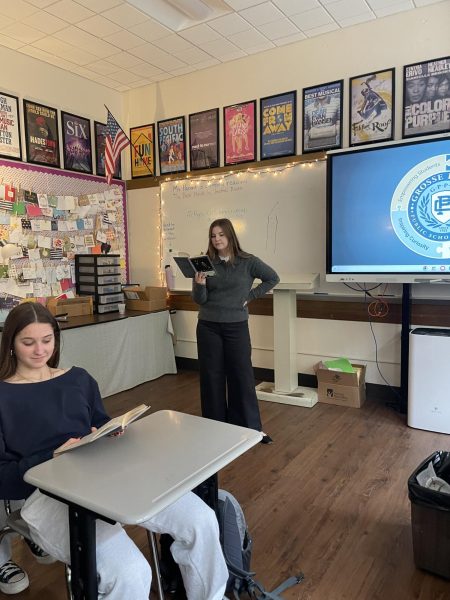
n education at the University of Michigan-Dearborn. She explains that her teaching journey began on an unexpected path.
“During my undergrad, I just wanted to be a journalist, specifically a music journalist,” Profitt said. “But as I graduated, I didn’t really see anything in sight that really satisfied what I felt called to do. I was reading so much about the media, education, and schools in America, and I really felt like I needed to be there. I felt like I needed to work with young people and help inspire them. So it was really more that I didn’t want to teach, the world told me to.”
The dynamic qualities of each teacher can vary from person to person. Whether one is immediately drawn to learning from a young age like Campbell or decides their path after an epiphany like Proffit, each aspiring educator holds the same, large influence on today’s youth.
“One of the best things about teaching itself is the students,” Campbell said. “I know you guys hear that all the time, but it’s true. You might think to yourself that some days can really be a drag as a student. It can even be the same way for teachers sometimes, but the students are what always makes it interesting. You might be teaching formulaically, but it’s not the same because the students are so dynamic and unique, and that’s really what the joy comes from.”

